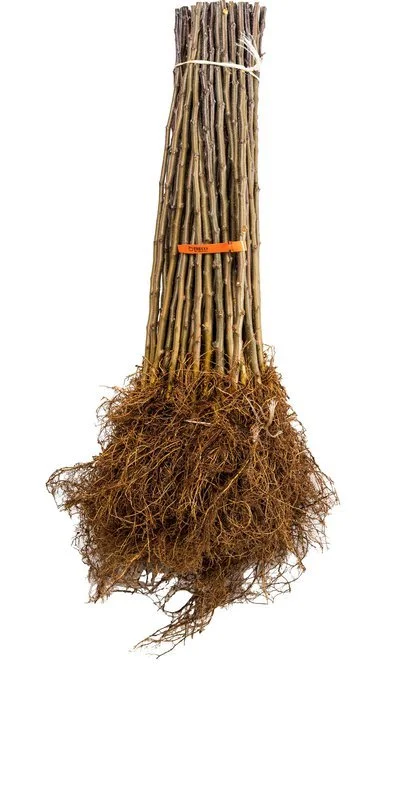 Image 1 of 2
Image 1 of 2

 Image 2 of 2
Image 2 of 2



EMLA 111
EMLA 111 was a product of combined work of the East Malling Research Station and the John Innes Institute. The results came from a cross between Northern Spy and a rootstock known as Merton’s 793, itself a Northern Spy and M.2 (Doucin) cross. A virus-indexed EMLA clone was introduced by East Malling in 1969 - 70.
Pricing | Inventory
EMLA 111 was a product of combined work of the East Malling Research Station and the John Innes Institute. The results came from a cross between Northern Spy and a rootstock known as Merton’s 793, itself a Northern Spy and M.2 (Doucin) cross. A virus-indexed EMLA clone was introduced by East Malling in 1969 - 70.
Pricing | Inventory
EMLA 111 was a product of combined work of the East Malling Research Station and the John Innes Institute. The results came from a cross between Northern Spy and a rootstock known as Merton’s 793, itself a Northern Spy and M.2 (Doucin) cross. A virus-indexed EMLA clone was introduced by East Malling in 1969 - 70.
Pricing | Inventory
-
EMLA 111 was a product of combined work of the East Malling Research Station and the John Innes Institute. The results came from a cross between Northern Spy and a rootstock known as Merton’s 793, itself a Northern Spy and M.2 (Doucin) cross. A virus-indexed EMLA clone was introduced by East Malling in 1969 - 70.
-
EMLA 111 produces trees that are similar to, but more vigorous than, EMLA 106. Tree size is approximately 75% of that on seedling rootstocks. Compared with EMLA 106, its additional vigor is particularly valuable on dry light soils.
It has a well anchored root system, and it is resistant to Woolly Apple Aphids (Eriosoma langierum).
-
EMLA 111 is susceptible to mildew in the nursery. Very few losses from collar rot (Phytophthora cactorum) have been reported. EMLA 111 is better adapted to heavier soils than EMLA 106.
-
EMLA 111 compares to EMLA 2, which it was intended to replace. EMLA 111 propagates well in the nursery provided a spray program for mildew is followed. It is susceptible to the same burrknot problem as EMLA 26, where areas on the trunk of the rootstock developed knots at root initials.
-
EMLA 111 is recommended for situations where its vigorous growth is needed to overcome the poorer cropping capacity of dry sandy soils in low rainfall areas. EMLA 111 is an excellent rootstock for spur-type varieties.
